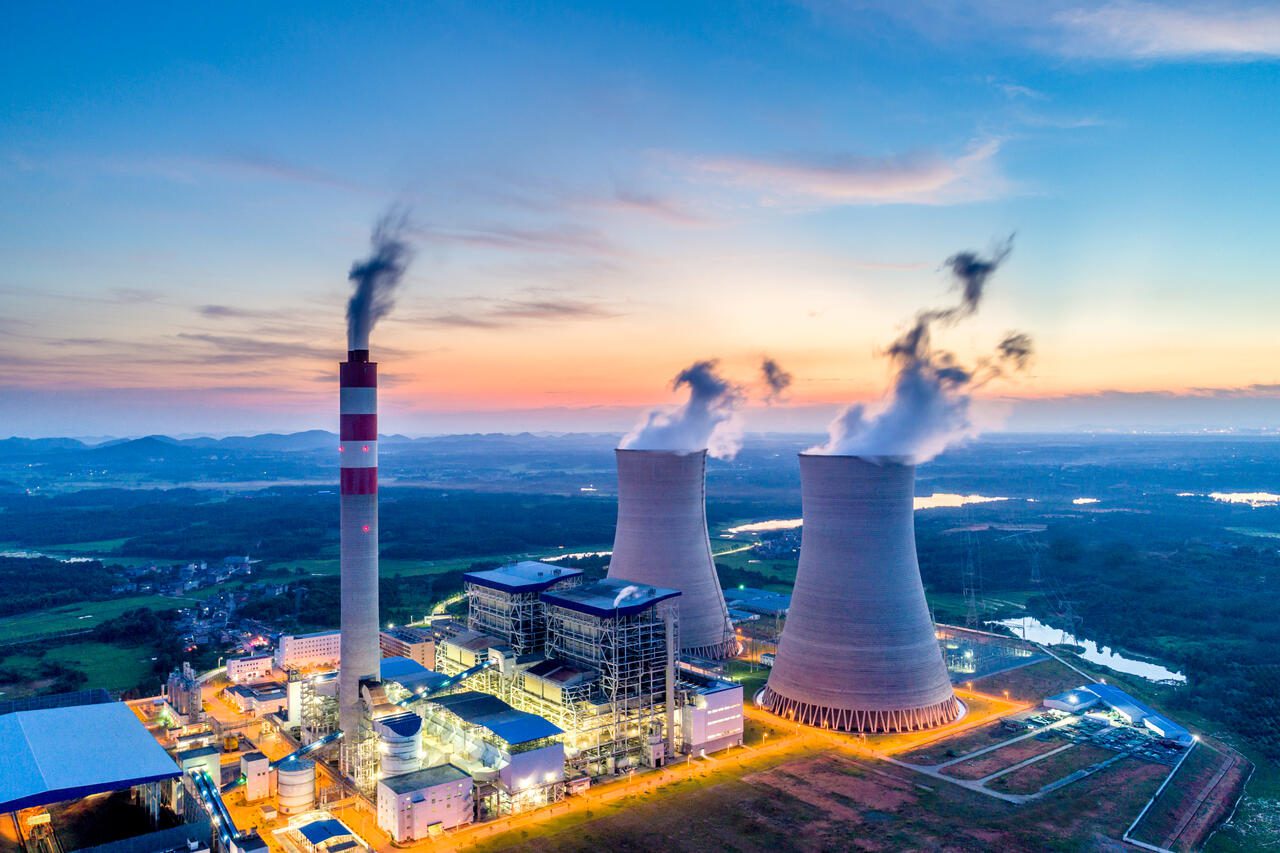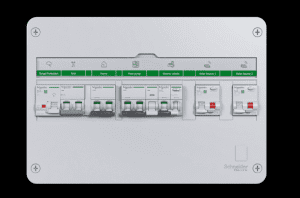Until a couple of decades ago, global conferences and meetings of different countries addressed issues like finance, exchange of resources, agriculture, and more. On the contrary, topics like climate change, global carbon emissions, or carbon neutrality [1] were discussed in a theoretical light with minimal actionable plans.
However, the hierarchy of global concerns has witnessed a major shift since the breakout of coronavirus. Even though the pandemic has led to large-scale deaths, unemployment, and financial crisis in several countries, it has also brought the world together in fighting threats like environmental deterioration and rising global carbon footprint.
In this article, we will highlight some of the many ways through which we can achieve carbon neutrality by 2050. Before we proceed, it is imperative to understand that to achieve this goal, we must establish ways to reduce global carbon emissions in many sectors of society. So, let us begin by addressing the most fundamental question—what is carbon neutrality?
In simple words, carbon neutrality refers to emissions of carbon dioxide and the state of optimally balancing it between the CO2 level of the atmosphere with the amount of CO2 regularly removed from the atmosphere.
On the other hand, when it comes to corporations, organizations, and business practices, the term carbon neutrality is employed to address the removal of every greenhouse gas to reach the targeted sustainability goals.

With the help of carbon footprint consulting firms and decarbonization companies, researchers and expert professionals around the world have designed innovative ways to minimize global carbon emissions.
Ways to reduce global carbon emissions
Below we have given a brief yet detailed insight into solutions leveraged to diminish global carbon footprint:
-
Invest in sustainable and energy-efficient homes
Since our world is rapidly embracing the idea of sustainability, it is visible in almost every aspect of our daily lives. Recently, with the introduction of smart homes and sustainable raw materials for building construction, people can decrease their individual carbon footprint, contributing to a cleaner and brighter future.
Firstly, if you have the liberty to choose your energy supplier, try to go for a supplier that adopts renewable energy sources. For example, a power plant that burns fossil fuels are much more detrimental to the environment than solar or wind power [2].
Next, make sure your home is properly insulated and that all the windows and doors are tightly sealed to prevent heated or cooled air from escaping. Lastly, try to leverage the advantages of automation technology that comes with a smart house. With devices like smart thermostats, freeze detectors, smart light bulbs and more, your individual carbon footprint can drop by a huge margin.
-
Do your bit to prevent deforestation
In order to lower the global carbon footprint, it is important to change the way people think about climate or climate change. Small yet impactful steps like planting trees, saving water, and preventing deforestation are often associated with social work.
However, if people begin perceiving these actions as a step to achieve their personal goals, the results will be much better and more impactful. For instance, institutions like schools, colleges and even corporate organizations should conduct plantation drives to encourage people to take a step towards a greener future. This one action can accelerate the path towards achieving carbon neutrality by 2050.
-
Lower the global carbon footprint by choosing plant food over animal foods
Today, every person is so engrossed in meeting their daily targets they tend to forget that their personal choices have an impact on the larger climatic picture. For example, let us take our food habits, since it’s a matter of daily consumption, it does not seem connected with the global plan of achieving carbon neutrality.
Most people will be stumped to know that opting for animal foods can be one of the biggest steps in lowering carbon emissions. Since the dairy and meat industries are the top contributors to greenhouse gases, they might be the leading causes of environmental degradation.
To nurture farm animals, raising livestock is imperative. This practice releases huge amounts of methane, a gas that traps more heat than CO2. In addition to this, animal agriculture also causes large-scale deforestation as it requires an expansive length of clear land for livestock which contributes to global warming.
We understand that bringing drastic changes in daily eating habits can be difficult. Thus, below we have suggested some ideas through which you can step towards carbon neutrality by bringing slight alterations in your food choices:
- Try to replace one meal of your day with a green or plant-based option.
- Try consuming more fruits, nuts, beans, vegetables, etc.
- You can also try to replace one meal of your day with a dish which is prepared with plant-based ingredients.
Simplified strategies for managing carbon footprint neutrality
Achieving carbon footprint neutrality involves straightforward steps:
- Embracing energy efficiency.
- Switching to renewable energy sources.
- Promoting sustainable transportation.
- Reducing waste, invest in carbon offsets, engage suppliers and employees.
- Maintaining rigorous monitoring.
These simplified strategies empower leaders to make meaningful strides toward carbon neutrality and a greener future.
Carbon neutral future with Schneider Electric: A sustainable future
At Schneider Electric, we have built a team of skilled and competent professionals who are driven to design best-in-class automation and energy solutions for sustainability and efficiency.
Since we aim to bridge the gap between sustainability and progress, we have accelerated our journey towards carbon neutrality by taking an ambitious carbon pledge. Here are our climate commitments:
- Carbon neutrality in all our functions and processes by 2025.
- 25% absolute carbon reduction across our entire value chain by 2030
- End-to-end carbon neutral value chain by 2040.
- Net-zero CO2 emissions across our entire value chain by 2050.



